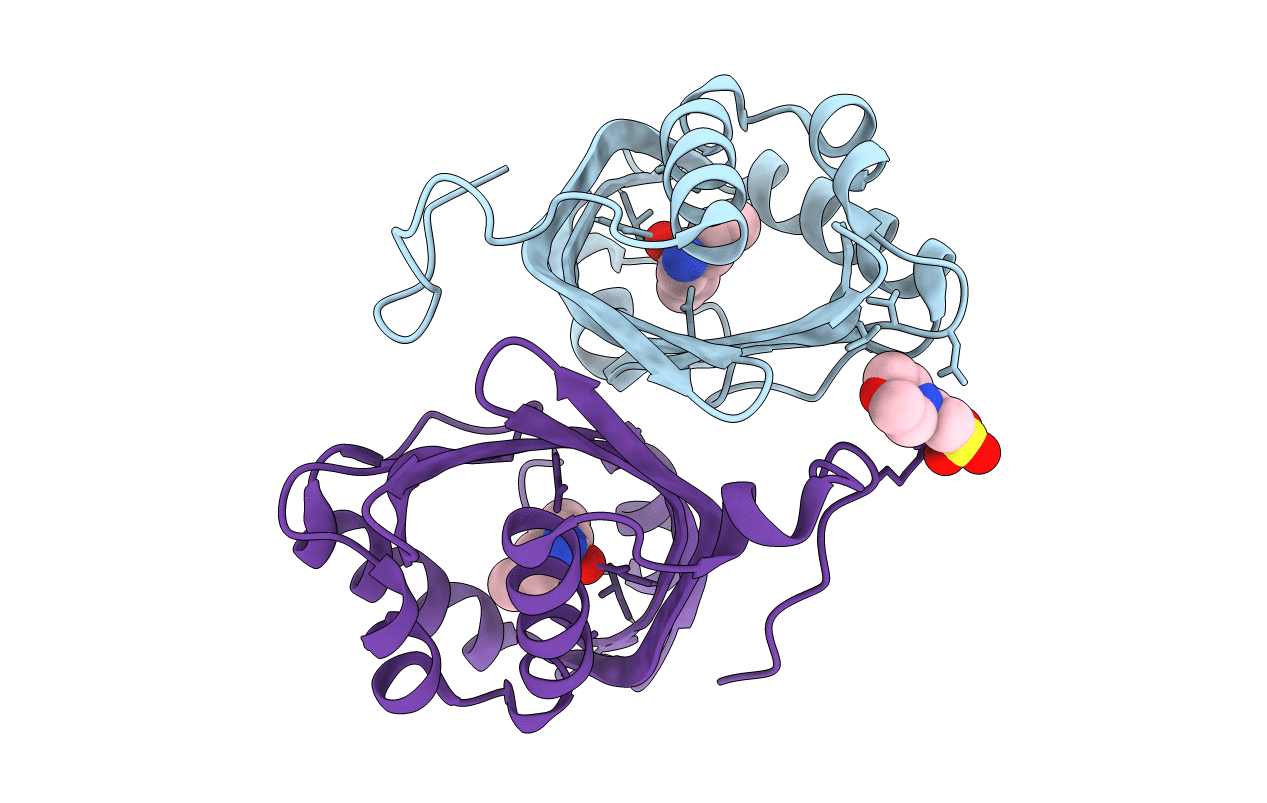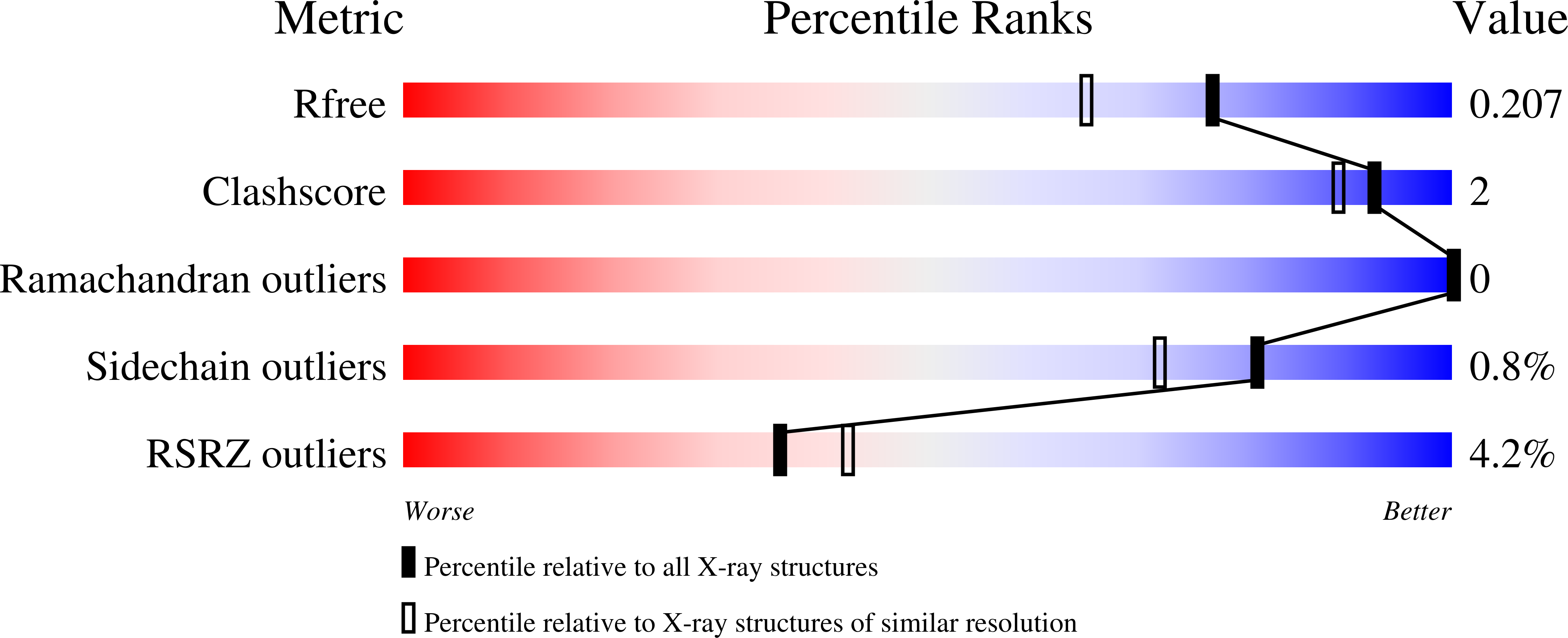
Deposition Date
2003-01-30
Release Date
2003-06-10
Last Version Date
2024-11-20
Entry Detail
Biological Source:
Source Organism:
Rhodococcus erythropolis (Taxon ID: 1833)
Host Organism:
Method Details:
Experimental Method:
Resolution:
1.75 Å
R-Value Free:
0.19
R-Value Work:
0.15
R-Value Observed:
0.15
Space Group:
P 21 21 21


